Human Body is the eighth unit in the Biology course. In this unit you will learn about the various organ systems of the human body such as skeletal, integumentary, digestive, respiratory, and nervous systems. It includes opportunities for experiments, models, dissections, and hands-on demonstrations of scientific principles.
This unit includes several dissections. Dissections are essential for getting real-life experience with biological tissues and understanding how they are constructed. However, all dissections are optional.
This unit has sections on:
- Skeleton
- Skin
- Circulation
- Respiration
- Digestion
- Brain & Nerves
Learning By Doing
This is an activity based curriculum, where you learn by doing. Here are a few of the activities to choose from in this unit:
- Build a paper skeleton and learn the names of the bones
- Make model joints
- Assemble a skin booklet
- Label a heart diagram then dissect a sheep heart
- Build a model lung with a pop bottle
- Performa an experiment about cellular respiration
- Build a model neuron out of clay
- Plus much more!
Each Layers of Learning Science unit includes library lists of books, a family read-aloud suggestion, hands-on activities, printables and paper crafts, sidebars for extra learning, and tools to help you assess student’s progress and mastery. You can learn more about how Layers of Learning works in the Curriculum Guide. You may also want to purchase the Science Guidebook for even more information on how to teach and learn with Layers of Learning Science.
See Inside
Here is a two-page spread from Human Body:
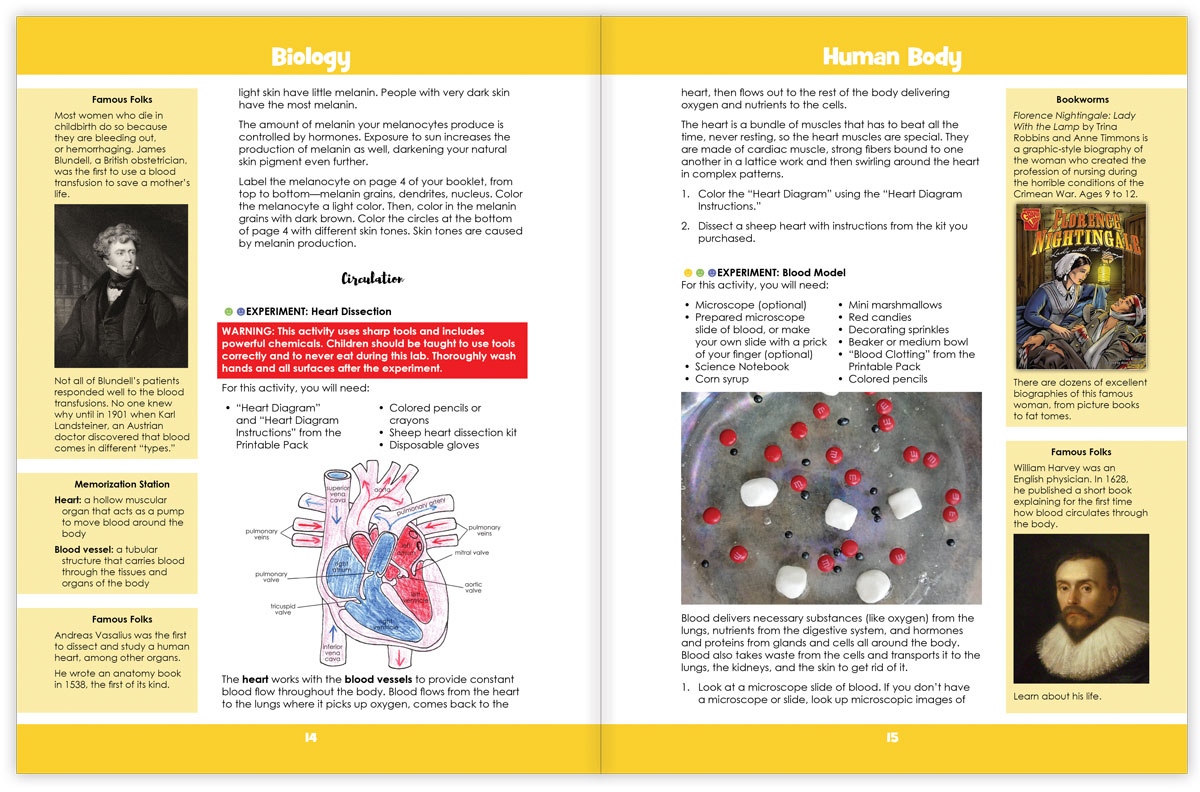
There are many different activities, pintables, and games in each unit. You get to design your student’s learning by choosing your favorites and reading books and watching videos on the topics presented in the unit. On the double page spread above you can see an experiment for dissecting a sheep’s heart and one for making a model of blood.
The sidebars line the entire unit and help you take off on tangents, learn extra information, have deep discussions, coordinate with Writer’s Workshop, or find high interest books to hand to your child.
Flexibility
This unit was written to be used for a month but contains plenty of content for many more weeks of learning if you choose. This is a pick-and-choose curriculum, meant to be cycled back to in the future when your child is older. As such, it intentionally includes far more material than you can possibly cover in a month.
Human Body is also part of the overall Biology course, the second Year of the four year Layers of Learning Science cycle. If you use the program in order, it will take you through the four branches of science from Earth & Space to Biology to Chemistry to Physics in a logical progression where skills are learned and then practiced and used. However, each unit stands alone and can be used independently of any other unit and in any order.
Printable Pack
This unit comes with a downloadable Printable Pack that includes all the student worksheets. The printables can be copied as many times as needed for your family or class.
You can download the Printable Pack from your receipt or from your account at Layers of Learning.
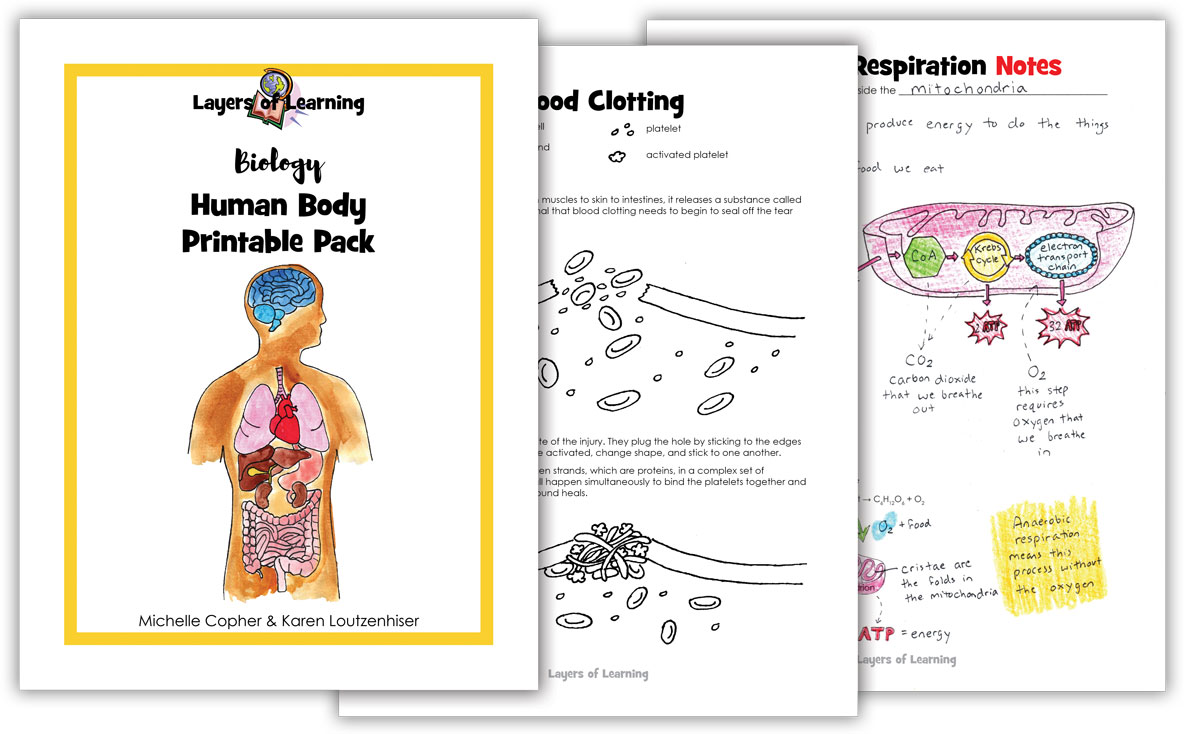
Above, you see the cover and two of the Printable Pack pages. The middle page is a blood clotting printable where you color the page as you read. The sheet on the right is an answer sheet, modeling how to take notes about cellular respiration. This printable pack includes 34 pages.
Extra Resources
This unit comes with extra weblinks and a YouTube video playlist on the Biology Resources page.

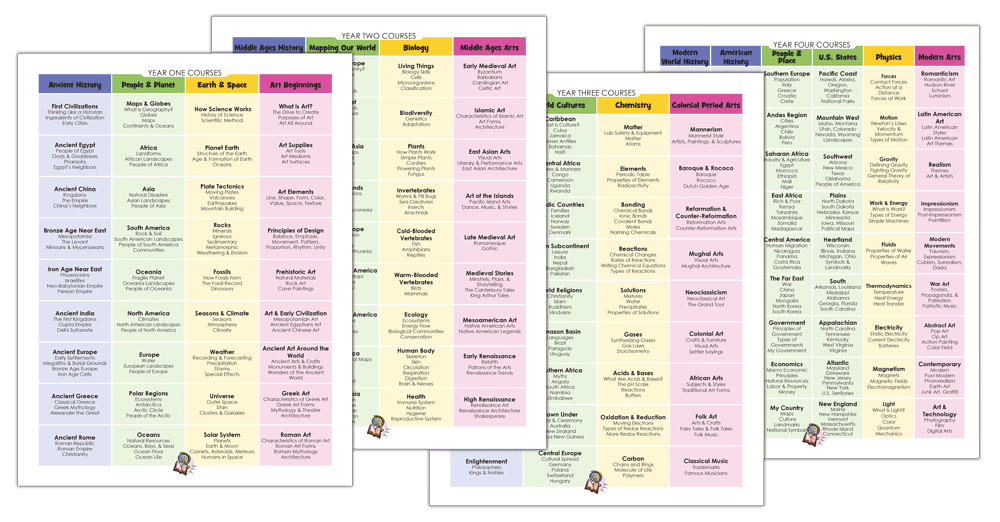
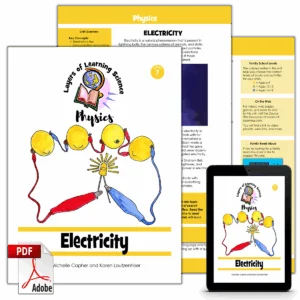

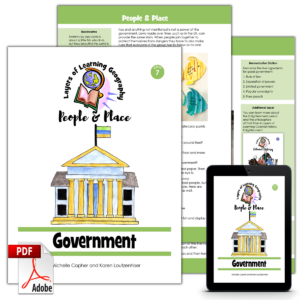

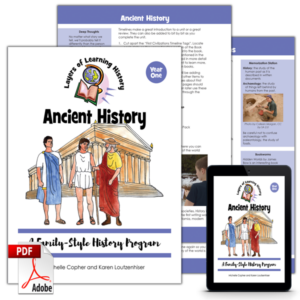
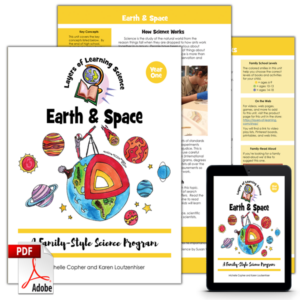
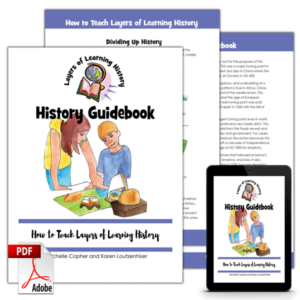
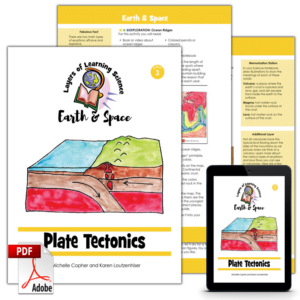
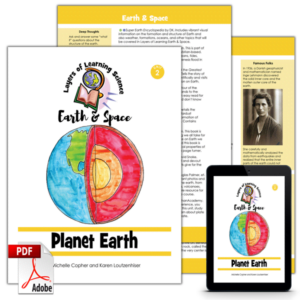
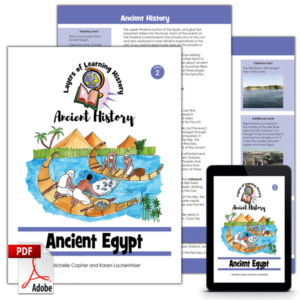
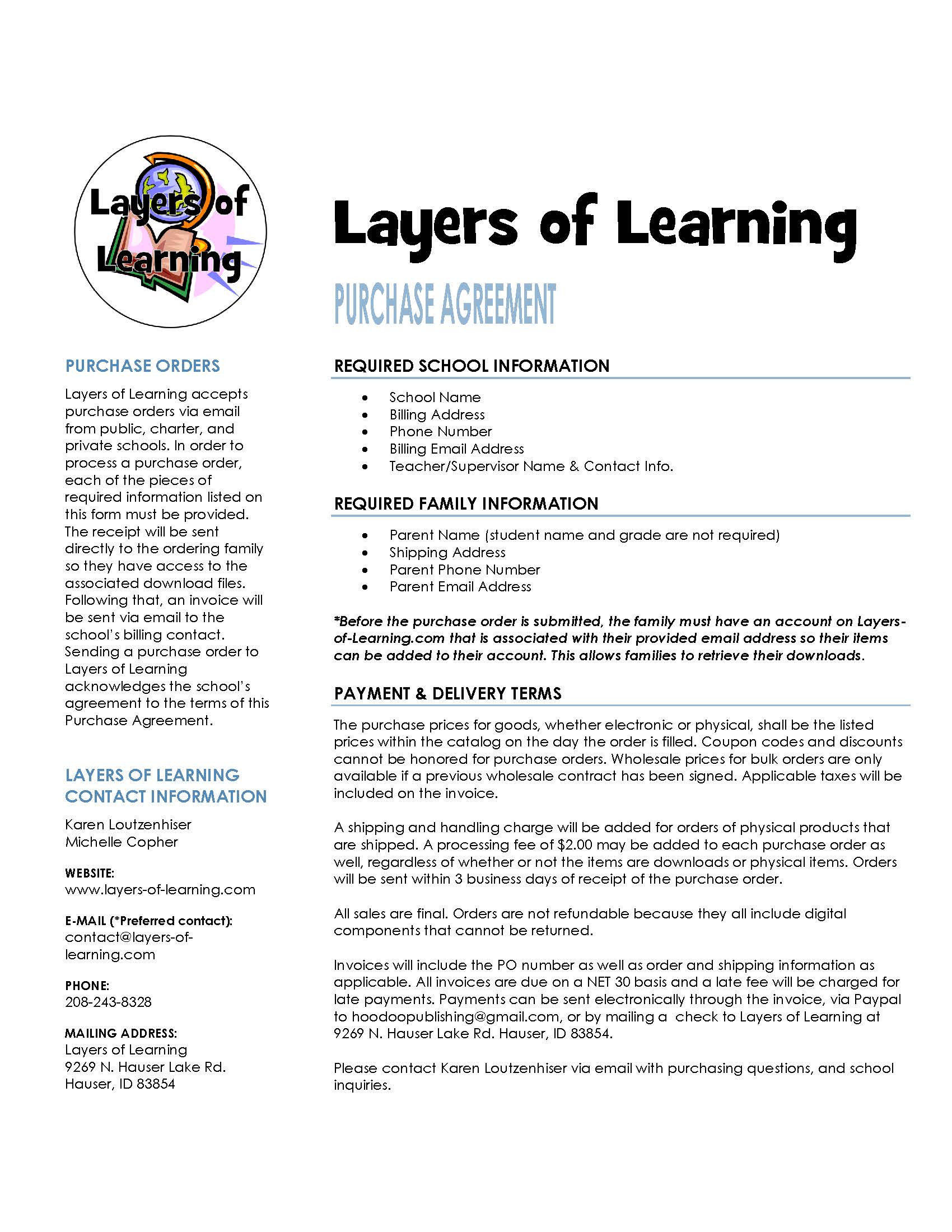
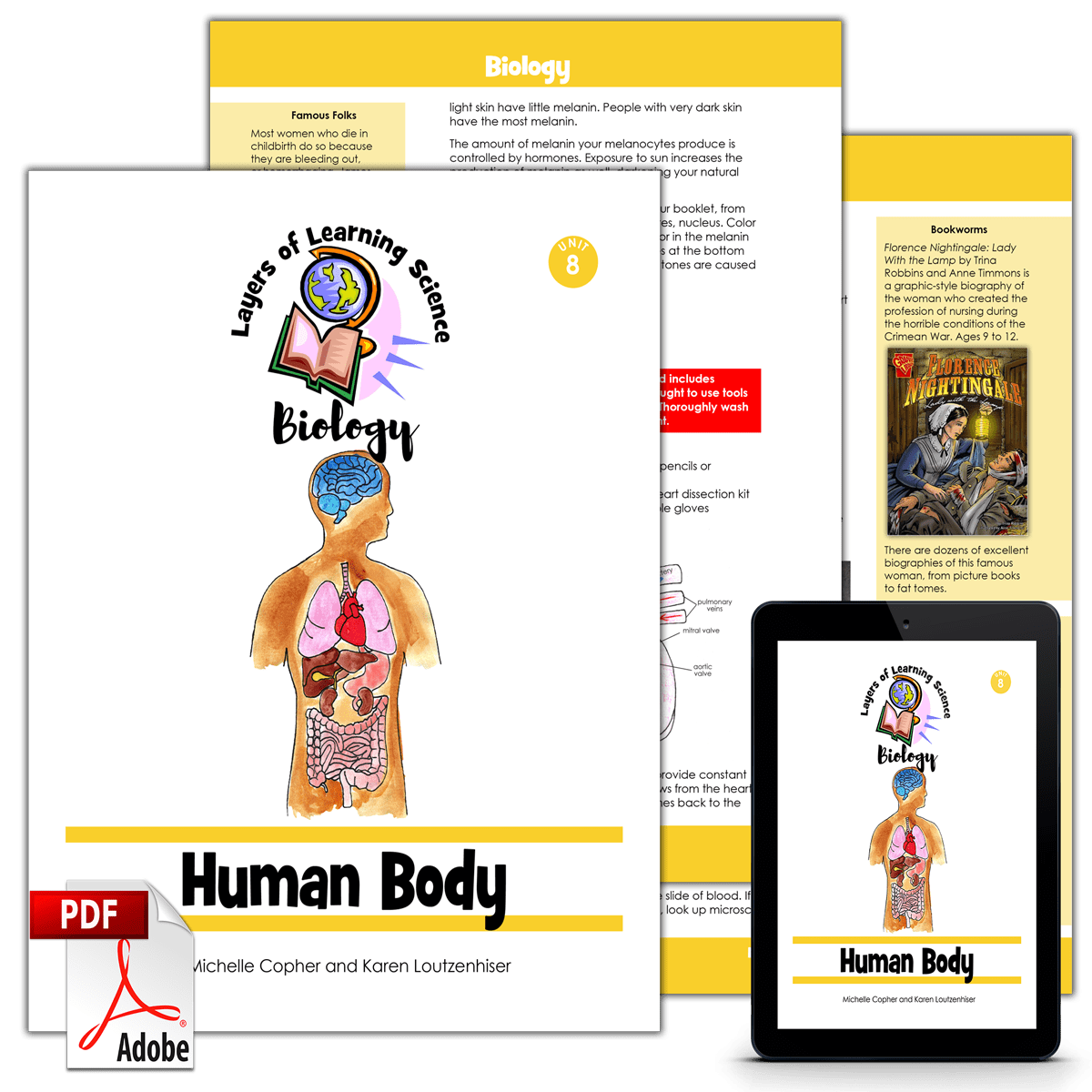
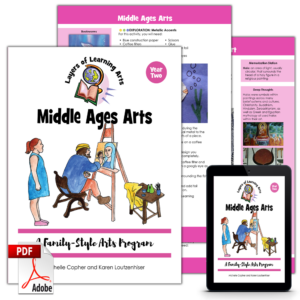
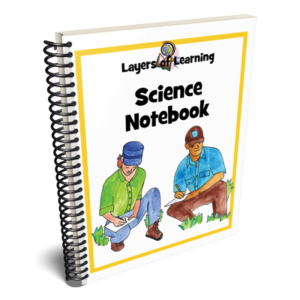
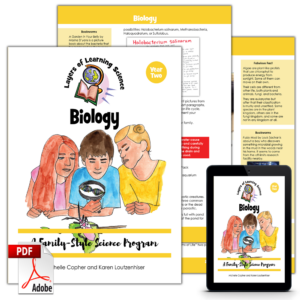
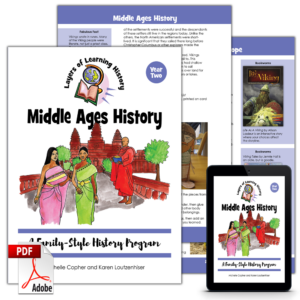

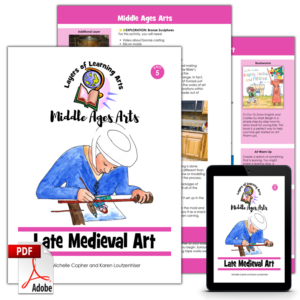
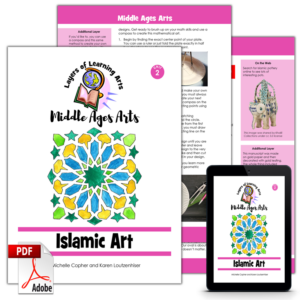
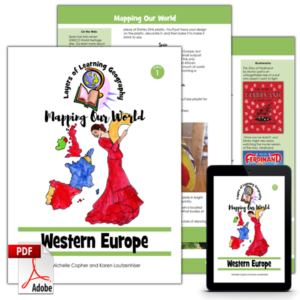
Reviews
There are no reviews yet.